Emergence of 5G Technology
The rollout of 5G technology is poised to transform the DRAM Module Component Market. With its promise of ultra-fast data transmission and low latency, 5G is expected to drive demand for advanced memory solutions that can support high-speed applications. The telecommunications sector is projected to invest heavily in infrastructure, which will, in turn, necessitate the use of high-performance DRAM modules. By 2025, the 5G infrastructure market is anticipated to exceed 50 billion USD, creating substantial opportunities for the DRAM Module Component Market to cater to the evolving needs of telecommunications providers.
Advancements in Mobile Technology
The proliferation of mobile devices is a pivotal driver for the DRAM Module Component Market. With the increasing adoption of smartphones and tablets, the demand for high-performance memory solutions is on the rise. In 2025, the mobile DRAM segment is expected to account for over 30% of the total DRAM market share. This growth is attributed to the need for faster processing speeds and improved multitasking capabilities in mobile applications. As manufacturers innovate to meet consumer expectations, the DRAM Module Component Market is likely to witness significant advancements in memory technology, enhancing overall device performance.
Increasing Data Center Investments
The DRAM Module Component Market is experiencing a surge in investments directed towards data centers. As organizations increasingly rely on cloud computing and big data analytics, the demand for high-capacity and high-speed memory solutions is escalating. In 2025, the data center market is projected to reach a valuation of approximately 200 billion USD, which directly influences the DRAM sector. Enhanced memory capabilities are essential for managing vast amounts of data efficiently, thereby driving the need for advanced DRAM modules. This trend indicates a robust growth trajectory for the DRAM Module Component Market, as data centers seek to optimize performance and scalability.
Growth of Artificial Intelligence Applications
The integration of artificial intelligence (AI) across various sectors is significantly influencing the DRAM Module Component Market. AI applications require substantial computational power and memory capacity to process large datasets efficiently. As industries increasingly adopt AI technologies, the demand for high-performance DRAM modules is expected to rise. In 2025, the AI market is projected to reach approximately 190 billion USD, which will likely drive the need for advanced memory solutions. This trend suggests that the DRAM Module Component Market will play a crucial role in supporting the infrastructure necessary for AI advancements.
Rising Demand for Gaming and Graphics Applications
The gaming industry is a major catalyst for growth in the DRAM Module Component Market. With the increasing popularity of high-definition gaming and virtual reality experiences, there is a growing need for high-speed memory solutions that can handle intensive graphics processing. The gaming market is expected to surpass 200 billion USD by 2025, which will likely lead to heightened demand for DRAM modules that can support these advanced applications. This trend indicates that the DRAM Module Component Market is well-positioned to benefit from the ongoing evolution of gaming technology and consumer preferences.

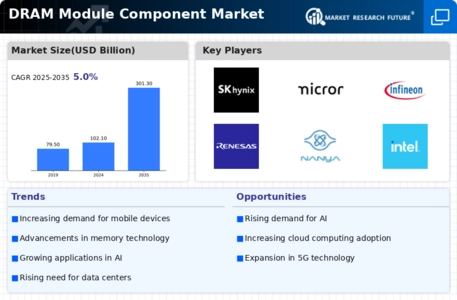
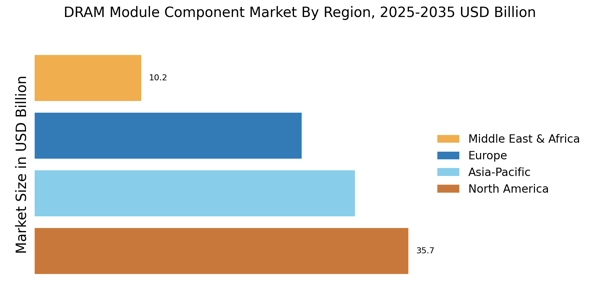
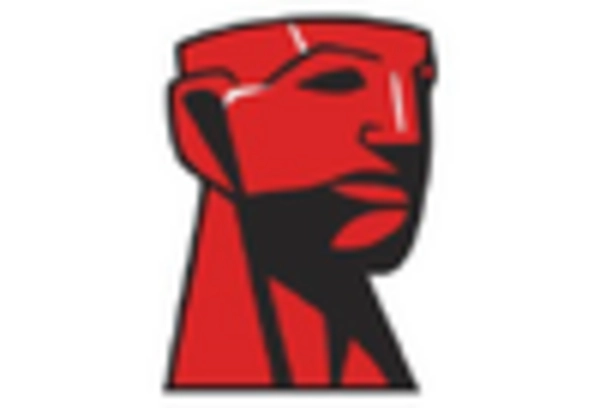
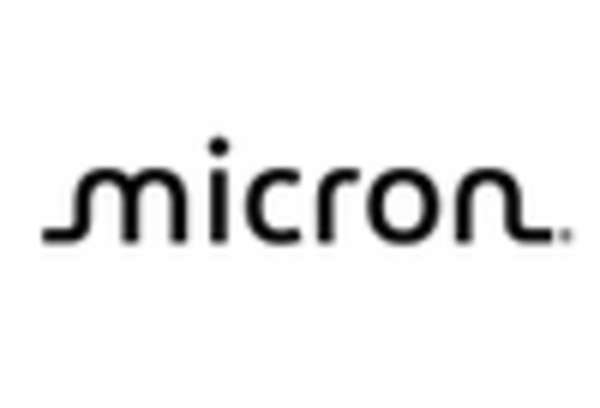
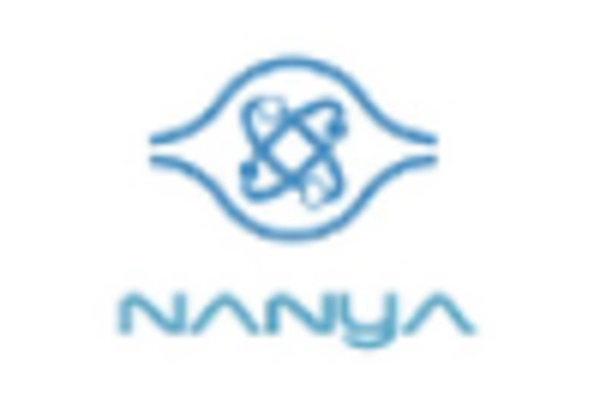
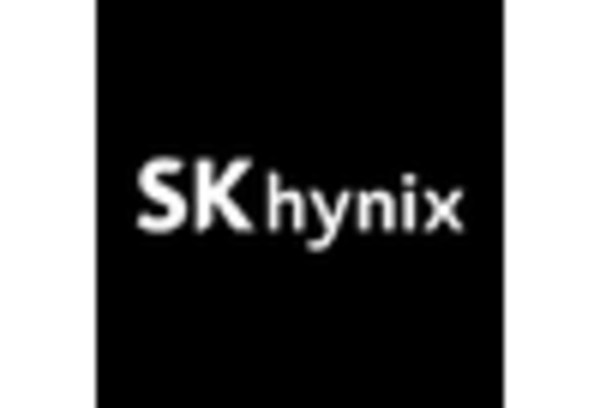

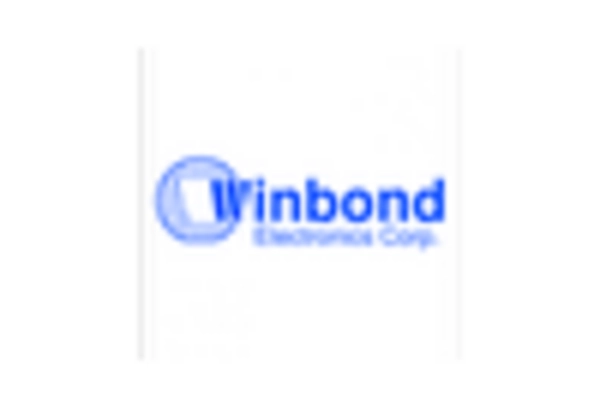








Leave a Comment